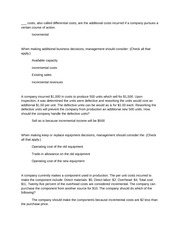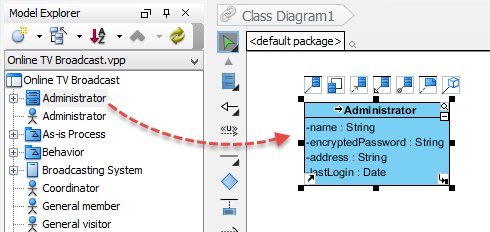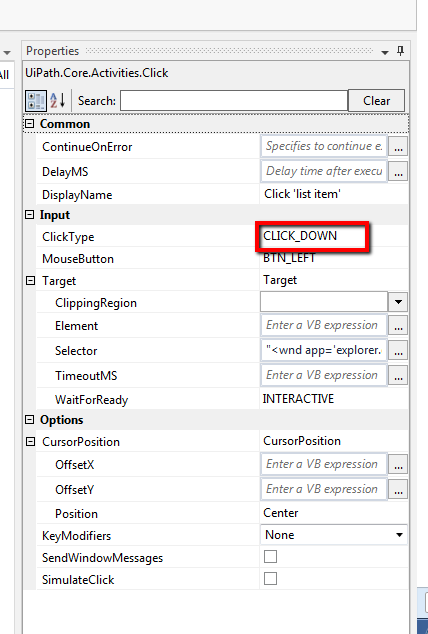
This line chart shows that sales look pretty good and seem to be increasing over time. When you first create a view that includes time (in this case Order Date), Tableau automatically generates a line chart. You can see total aggregated sales for each year by order date. Tableau generates the following chart with sales rolled up as a sum (aggregated). If you were to drag Sales to this area, Tableau creates a crosstab (like a spreadsheet) and displays the sales totals for each year.įrom the Data pane, drag Sales to the Rows shelf. This indicates that you can drag text or numerical data here, like what you might see in an Excel spreadsheet. Note: When you drag Order Date to the Columns shelf, Tableau creates a column for each year in your data set. Click the button again to restore the pane like it was.įrom the Data pane, drag Order Date to the Columns shelf. You can even collapse the Data and Analytics pane to the lower left corner of the workspace by clicking the Minimize button at the top-right corner of the pane. To show or hide cards like Pages, Filters or Legends, click the drop-down arrow on the Show/Hide Cards button on the toolbar and clear or enable the check mark for the card. More on Cards and Shelves in the Learning Library.ĭid you accidentally hide a card that you now need? No problem! Just about everything on the Tableau workspace can be turned on or off to provide the maximum amount of room for you to create your visualizations. Only the marks in your view are impacted by this action axes do not change. When you drag fields from the Data pane to the Marks card, you can control visual properties like type, color, size, shape, and more. When you drag fields from the Data pane to the Columns or Rows shelves, the data is added as a column or a row on the axes in your view. More on the Data Pane in the Learning Library.Ĭards are containers for the different controls that are available in Tableau.

Fields can be grouped based on their owning table or by folder. You can undo an unlimited number of times, back to the last time you opened the workbook, even after you saved your work.ĭisplays the name of the data source that is included in the view and the available fields as dimensions and measures. Use this button to reverse the last action you performed in your workbook. You can always get back to where you started with the Undo button.
#Click and drag on elements in order free#
With Tableau, feel free to experiment with your data. The image below identifies some of the workspace controls and elements that you'll use. In this section, you'll drag fields to the Columns and Rows shelves, and you'll also work with the Marks card. More on Dimensions and Measures in the Learning Library. Discrete fields are colored blue in Tableau. Continuous fields are colored green in Tableau.ĭiscrete fields contain a finite number of values such as country, state, or customer name. This can be a range of values such as sales within a specific date range or quantities.

Data that is classified as a measure can be aggregated based on a given dimension, for example, total sales (Measure) by region (Dimension).Ĭontinuous fields can contain an infinite number of values. By default, Tableau treats any field containing this kind of data as a measure, for example, sales transactions or profit. Measures are quantitative numerical data.

These fields generally appear as column headers for rows of data, such as Customer Name or Order Date, and also define the level of granularity that shows in the view. By default, Tableau automatically classifies data thatĬontains qualitative or categorical information as a dimension, for example, any field with text or date values. Tableau does this automatically so you can break data down to the level of detail that you want to work with.ĭimensions are qualitative data, such as a name or date. The entry to record the sales transaction would include a debit to Cash in the amount of $ Need help? Review these concept resources.Row-level data rolled up to a higher category, such as sum of sales or total profit. sold $1,000 worth of merchandise on a bank credit card with a 3% fee. Read About the Conceptįill in the Blank Question Thomas Co. Need help? Review these concept resources.

Enter the bank statement balance then add any deposits in transit and subtract any outstanding checks. Subtract any unrecorded bank fees, NSF checks, and errors overstating the book balance. Place the selected steps below in the correct order of occurrence, Instructions Compute the adjusted book balance and compare it to the adjusted bank balance to verify equality Add any unrecorded cash receipts, interest earned, and errors understating the book balance. Transcribed image text: Click and drag on elements in order In preparing a monthly bank reconciliation, a business follows several steps.


 0 kommentar(er)
0 kommentar(er)
